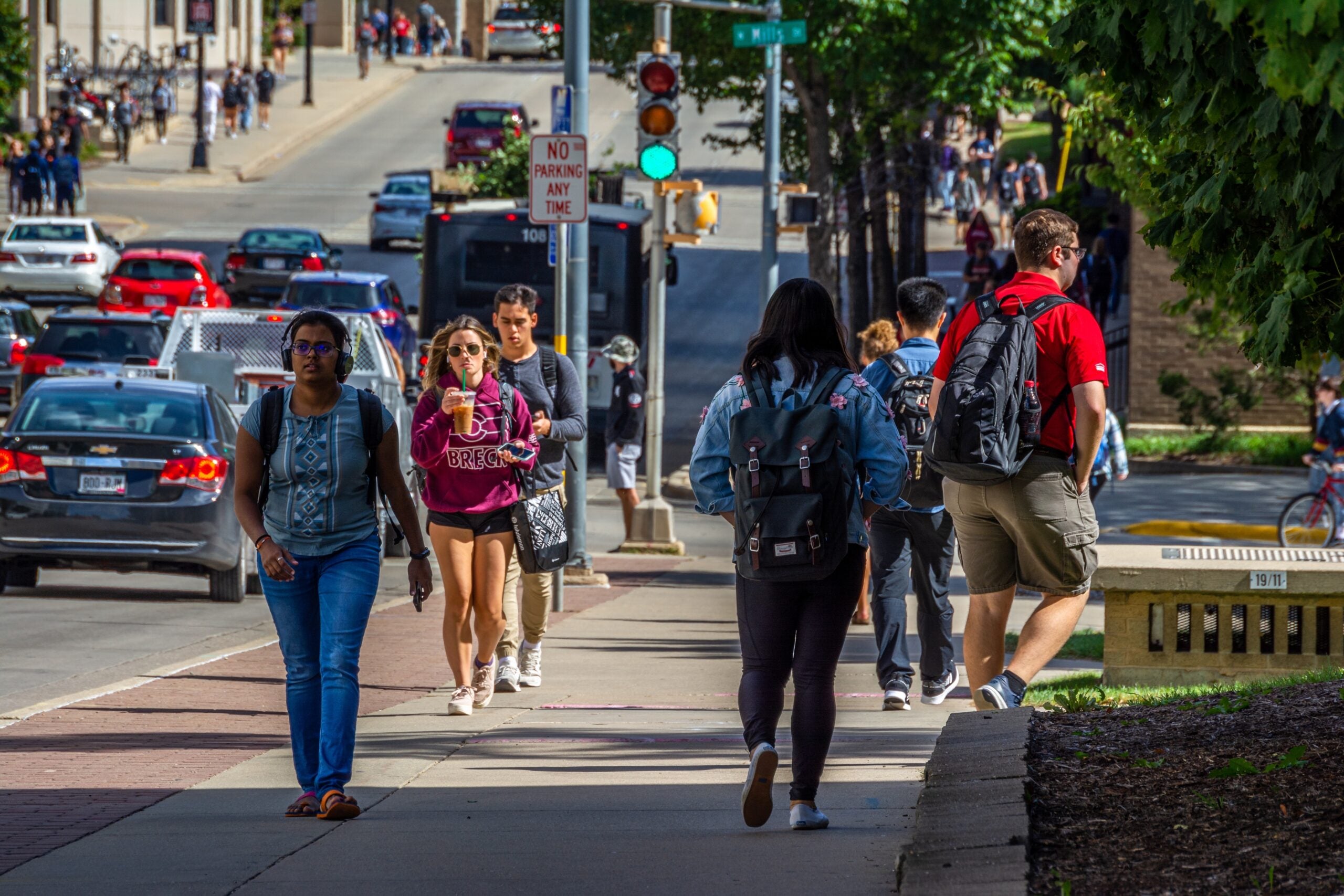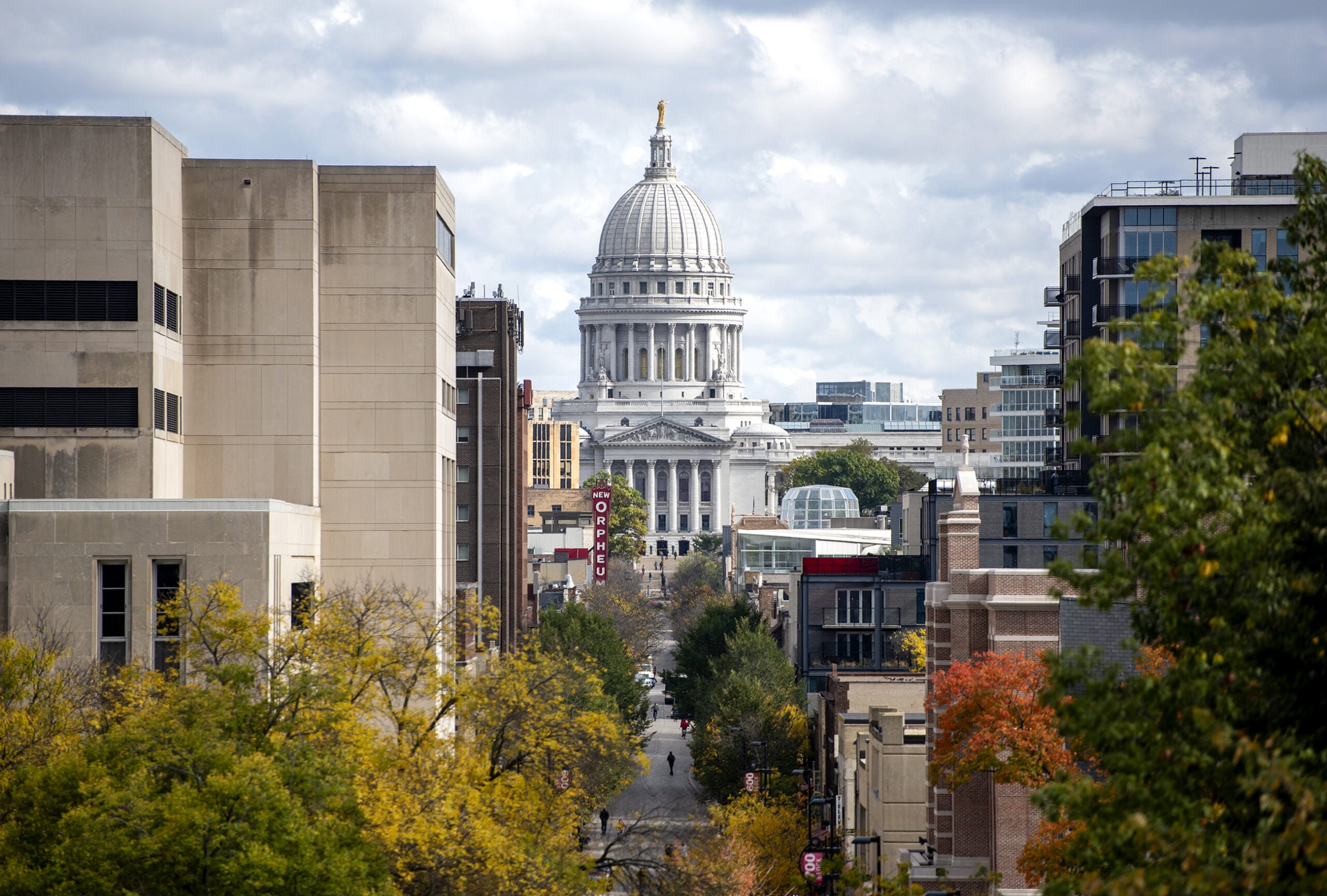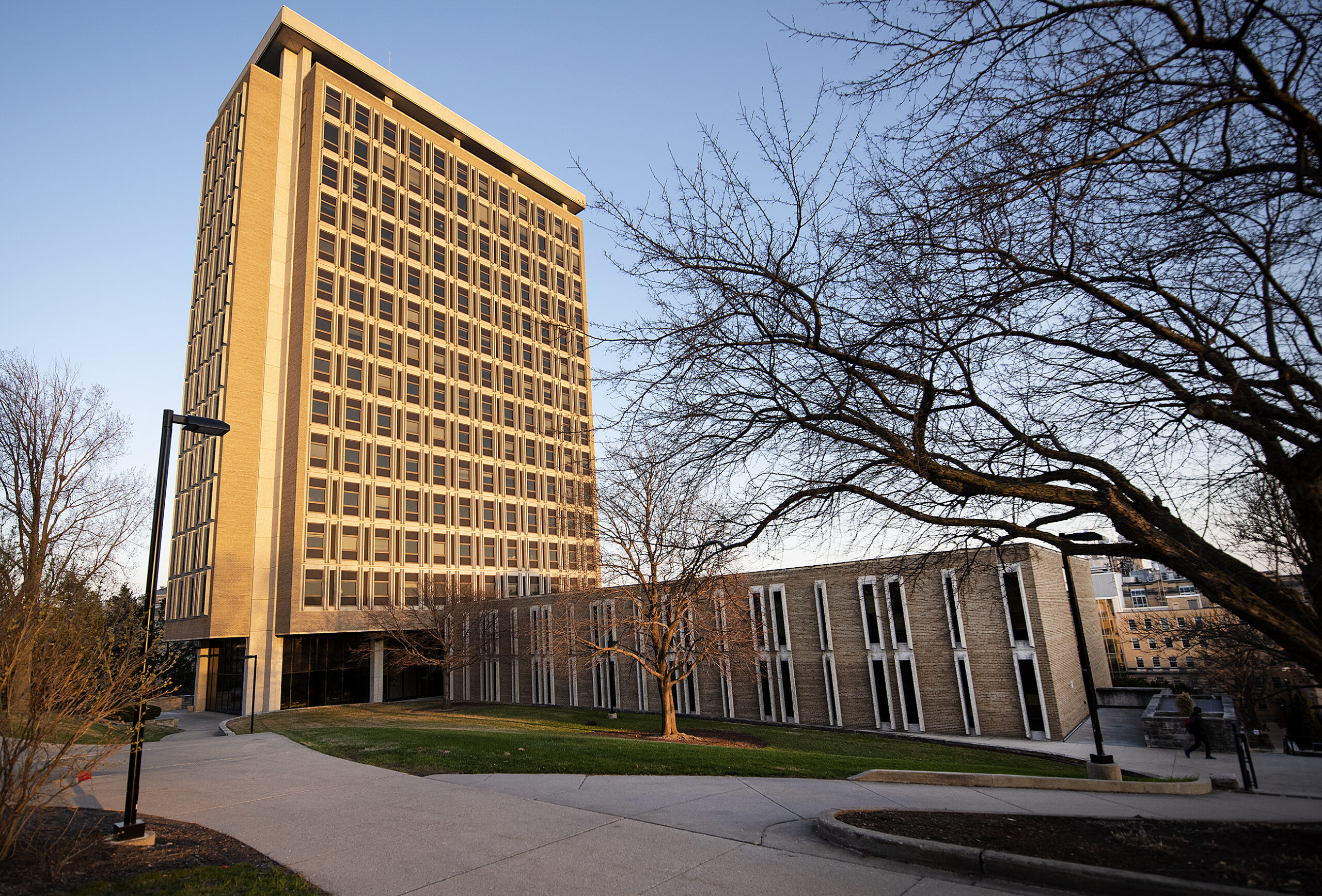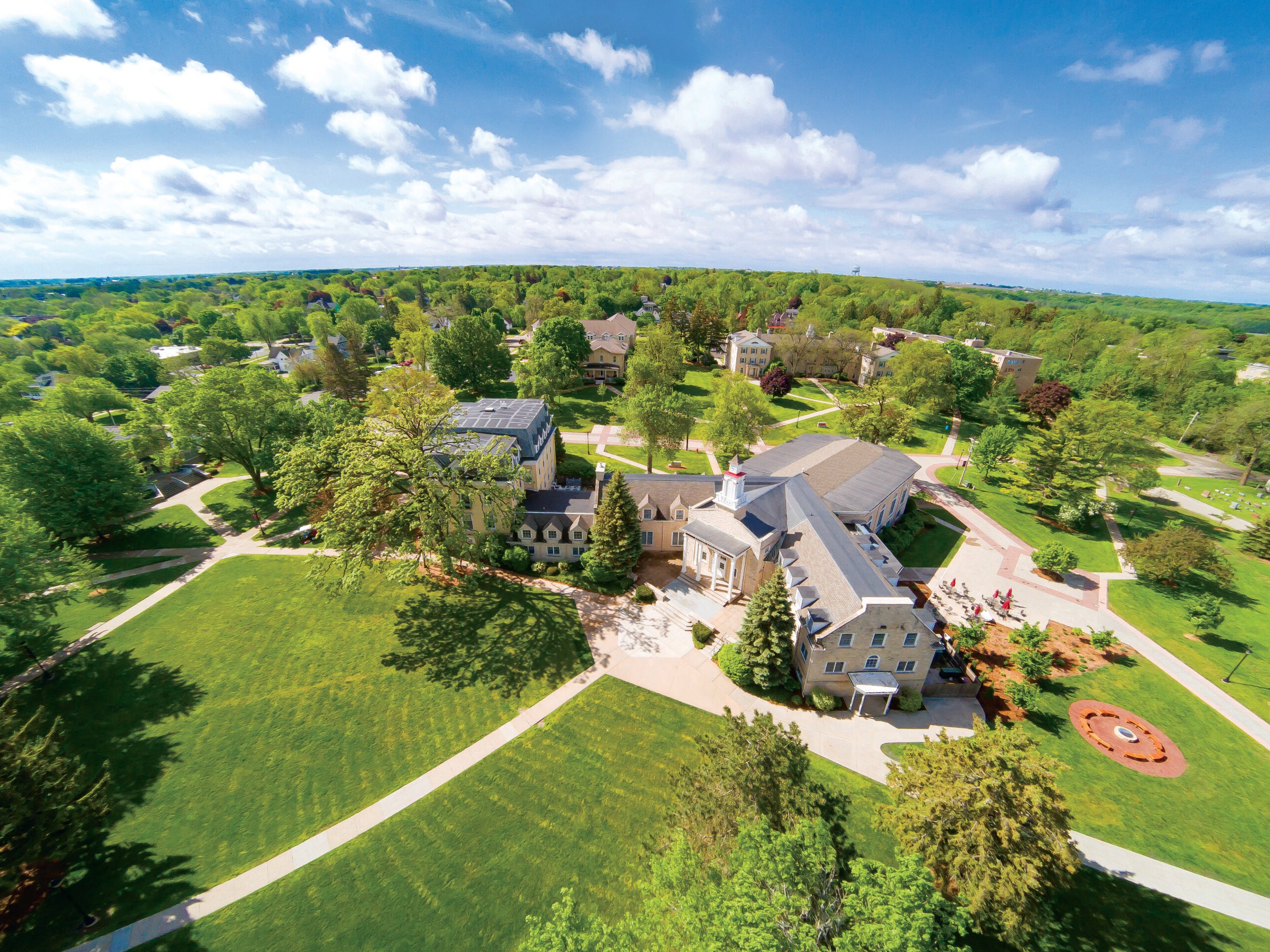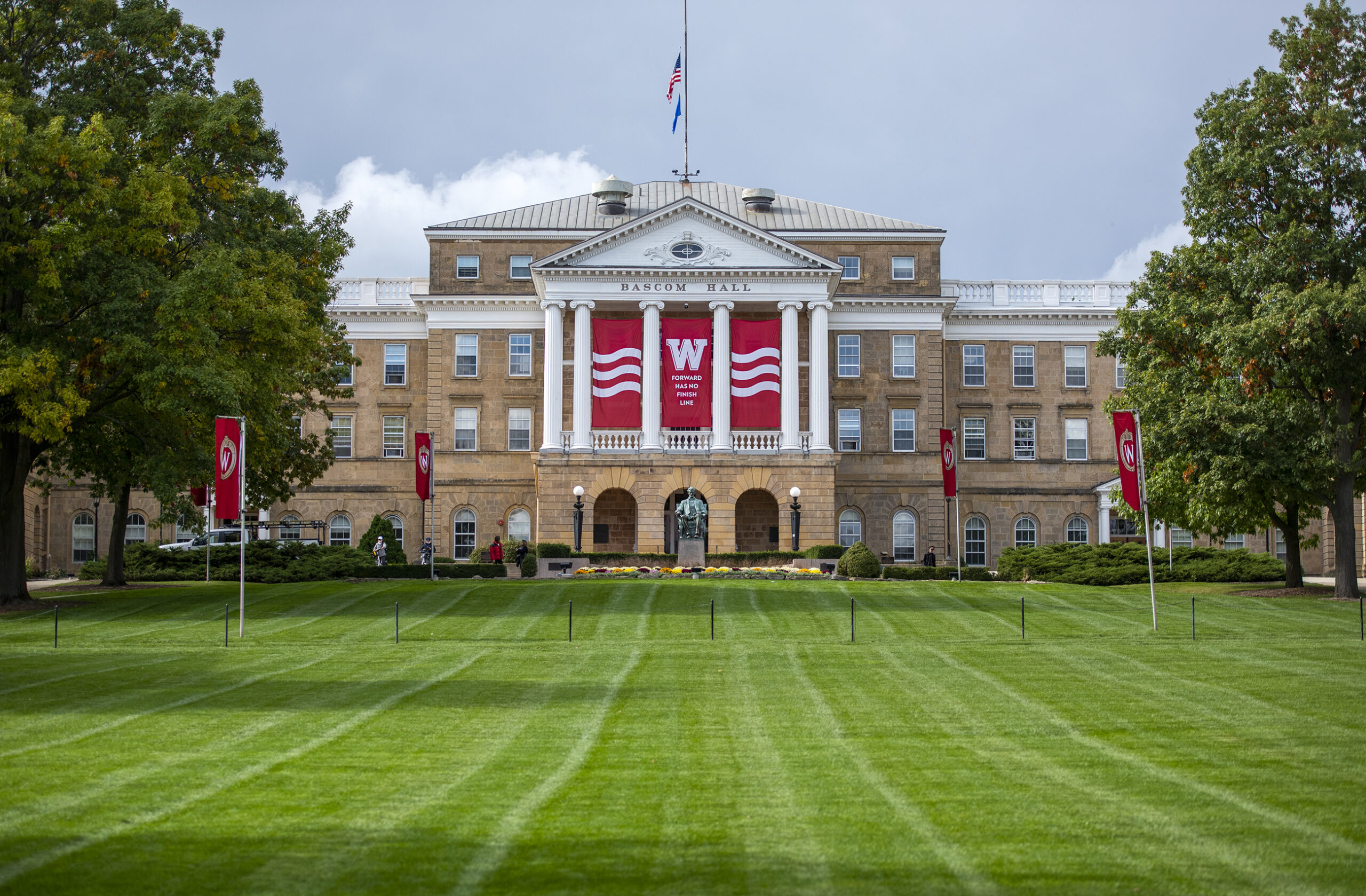This year’s freshman class at the University of Wisconsin-Madison — the first since the U.S. Supreme Court banned race-based admission — has fewer Black and Hispanic students.
The percentage of underrepresented students of color in the freshman class dropped by 3.7 percentage points from last year to 14.3 percent this year, according to data released by UW-Madison Monday.
White enrollment increased to 60.4 percent from 58 percent.
Stay informed on the latest news
Sign up for WPR’s email newsletter.
In June 2023, the Supreme Court ruled race-based admissions policies at Harvard College and the University of North Carolina violate the Equal Protection Clause of the Constitution and Title VI of the Civil Rights Act of 1964.
This decision meant colleges and universities are no longer allowed to consider race when making admissions decisions.
UW–Madison had previously considered race as one of many factors in a holistic admissions process that focused first and foremost on a candidate’s academic strength.
Before this year, UW-Madison’s percentage of underrepresented students of color consistently increased, peaking at 18 percent last year.
Chancellor Jennifer Mnookin said the decline is disappointing, but her commitment to students of color and their communities remain steadfast.
“We are fully committed to further efforts to build a campus community that welcomes people from all identities, lived experiences, perspectives and beliefs, and to do this work in ways that comply with the law and align with our mission and our values,” Mnookin said in a statement.
A separate report released last week from the Ad Hoc Study Group on the Black Community Experience at UW-Madison — aimed at addressing the long-standing challenges faced by Black students, faculty, and staff on campus — found that despite numerous initiatives and decades of advocacy and progress, enhancing the Black experience is insufficient.
Freshman enrollment numbers:
- Black students enrolled dropped to 2.1 percent from 3 percent last year;
- Hispanic/Latino(a) enrollment dropped to 8.5 percent from 10 percent;
- The number of Asian students went up slightly from 956 last year to 1,001 this year, but because the overall size of the freshman class increased, the percentage went down;
- “Two or more races” enrollment dropped to 4.7 percent from 5.2 percent;
- White enrollment increased to 60.4 percent from 58 percent;
- The percentage of freshmen who declined to provide their race rose to 4.2 percent from 3.2 percent;
- Students identifying solely as American Indian/Alaska Native students were identified by total number rather than percent, with that number falling from 22 last year to 13 this year.
Efforts to expand access
UW-Madison has several new recruiting and outreach efforts including expanding access for rural, farm and small-town Wisconsin students, All-In Milwaukee, and an initiative to cover costs for Native students.
The tribal initiative joins Bucky’s Tuition Promise and Bucky’s Pell Pathway to make college more affordable for Wisconsin residents.
Bucky’s tuition promise covers tuition and fees for students whose families make less than $65,000 a year.
There are more than 1,200 freshman and new transfer students covered by the three initiatives.
The percentage of students in the freshman class who are eligible for federal Pell grants rose to 20.9 percent from 16.7 percent last year.
Wisconsin Public Radio, © Copyright 2024, Board of Regents of the University of Wisconsin System and Wisconsin Educational Communications Board.
